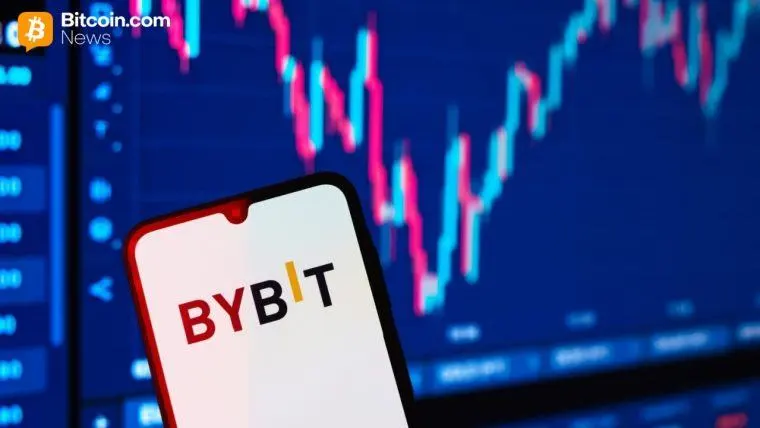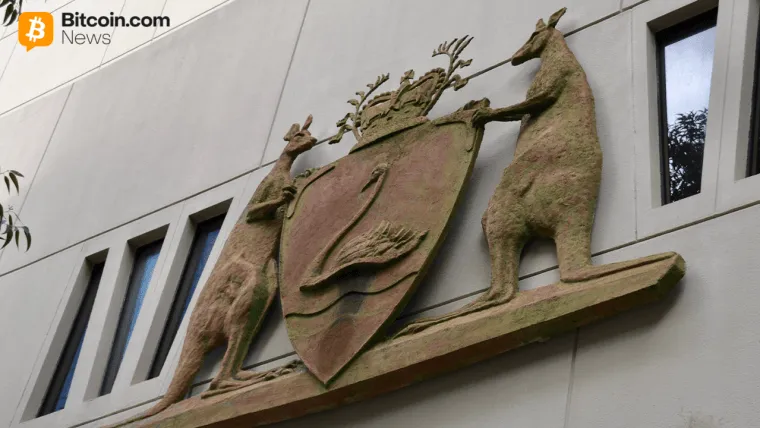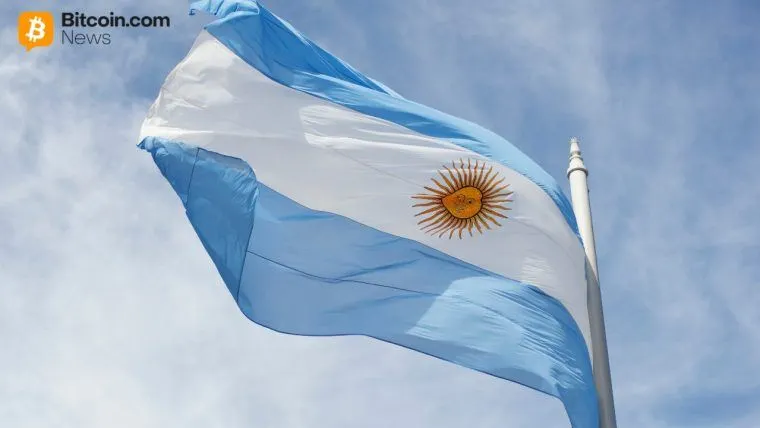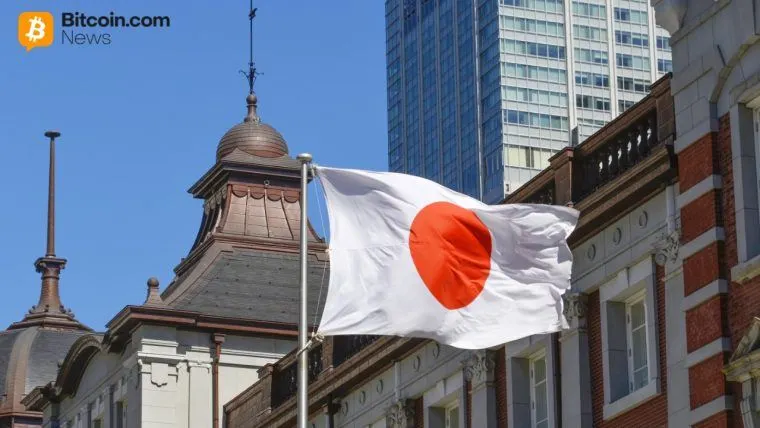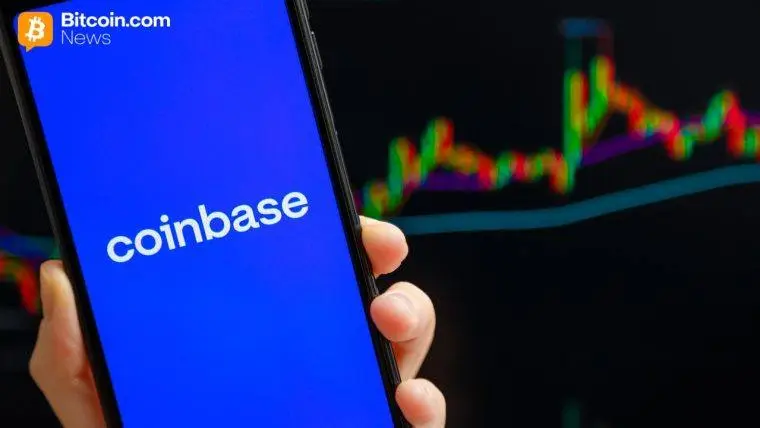A report from the World Gold Council (WGC) disclosed that central banks ramped up gold purchases during Q3, even with an acceleration of prices that led the precious metal to break records.
Central banks added 220 tonnes to their coffers in the period from July to September as demand picked up steam compared to the previous quarter, when only 166 tonnes of gold were purchased. This represents an increase of 28% percent.
The National Bank of Kazakhstan rose as the largest buyer, while Brazil acquired gold for the first time in over four years. El Salvador also purchased gold, making its first transaction since 1990.
Institutions have added 634 tonnes of gold since January. Nonetheless, even with these figures, the council warned that these numbers are down from the previous three years.
While gold has now dropped from its renewed price highs, analysts claim that its allure has not lost shine.
WGC senior markets analyst Louise Street stated:
Heightened geopolitical tensions, stubborn inflationary pressures and uncertainty around global trade policy have all fueled appetite for safe-haven assets.
Sustained central bank purchases show that gold, while having faced a heavy pullback from its all-time high prices recently, continues to be regarded as a safe haven asset in times of trade and geopolitical uncertainty.
Furthermore, this trend supports predictions coming from banks like JPMorgan, which expects prices to more than double in the next three years as investors seek to hedge equity volatility.
The council expects this trend to sustain through what’s left of the year, issuing a total prediction of purchases in the 750 to 900 tonne range for 2025. The institution stated the recent increase “is evidence that central banks continue to add gold strategically,” hinting at a further increase during Q4 powered by an acceleration of monetary easing and a dovish Federal Reserve.
- What did the World Gold Council report about central bank gold purchases?
The report revealed that central banks purchased 220 tonnes of gold in Q3 2025, a 28% increase from the previous quarter’s 166 tonnes. - Which countries were significant buyers of gold during this period?
Kazakhstan emerged as the largest buyer, while Brazil made gold purchases for the first time in over four years, and El Salvador acquired gold for the first time since 1990. - What factors are driving the demand for gold as a safe haven asset?
Geopolitical tensions, persistent inflation, and uncertainty in global trade policies have been fueling the appetite for gold among central banks. - What are the future predictions for gold purchases by central banks?
The World Gold Council expects gold purchases to range between 750 and 900 tonnes in 2025, indicating a strategic addition of gold assets amidst ongoing economic uncertainties.
免责声明:本文章仅代表作者个人观点,不代表本平台的立场和观点。本文章仅供信息分享,不构成对任何人的任何投资建议。用户与作者之间的任何争议,与本平台无关。如网页中刊载的文章或图片涉及侵权,请提供相关的权利证明和身份证明发送邮件到support@aicoin.com,本平台相关工作人员将会进行核查。
